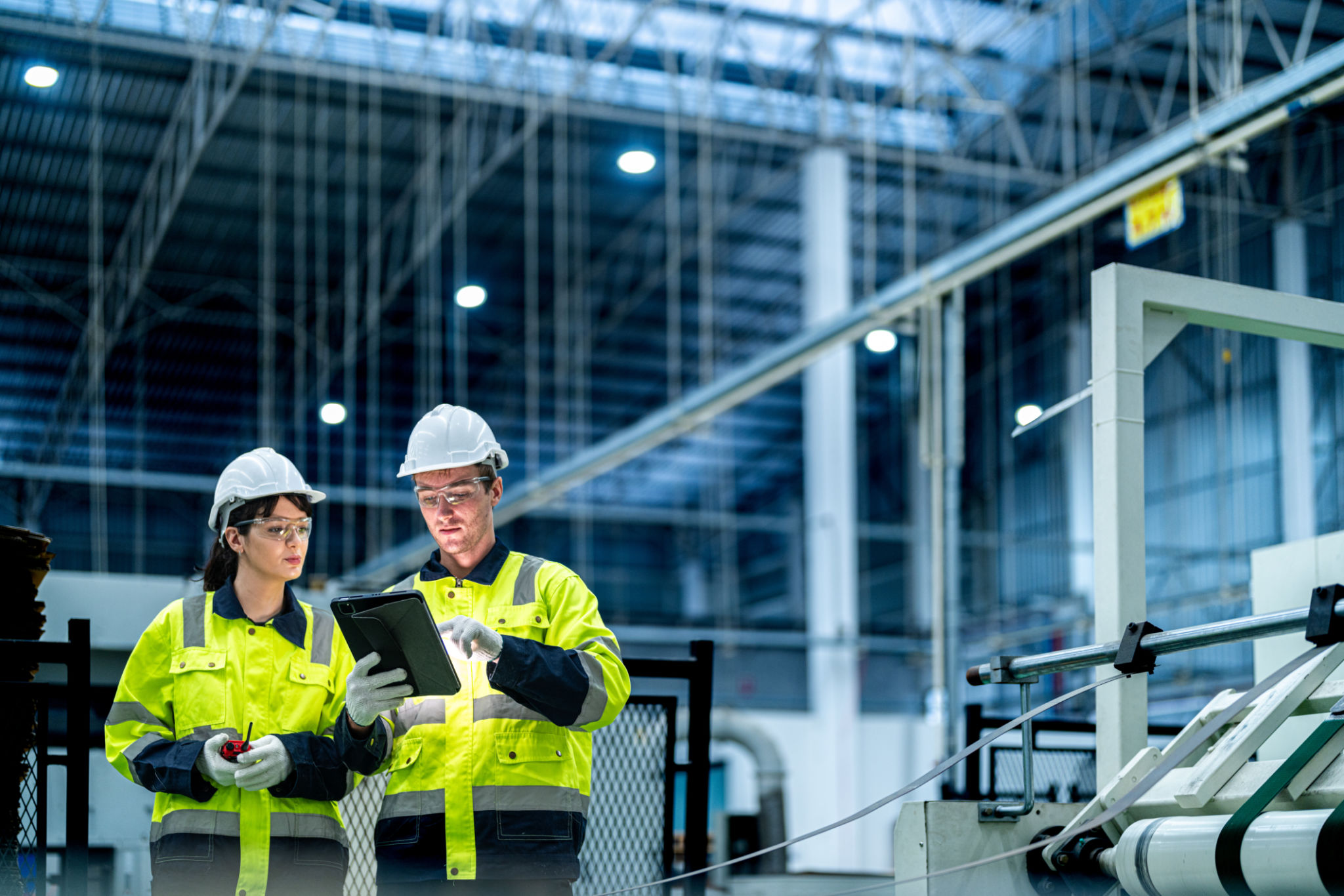Comparing Industrial Space Leasing Options: Finding the Best Fit
Understanding Industrial Space Leasing
Leasing industrial space is a significant decision for businesses looking to expand their operations. The right space can enhance productivity, improve logistics, and support business growth. However, with various options available, finding the best fit for your business needs requires careful consideration of several factors.
When comparing industrial space leasing options, it's crucial to understand the different types of spaces and what each offers. From warehouses to manufacturing plants, each type of industrial space has distinct features and benefits tailored to specific industries.

Types of Industrial Spaces
Warehouses
Warehouses are the backbone of storage and distribution. They offer large open spaces, high ceilings, and are often equipped with loading docks and freight elevators. For businesses involved in logistics, retail, or e-commerce, warehouses provide a strategic location to store goods before they reach the consumer.
Manufacturing Facilities
Manufacturing facilities are designed for production. These spaces typically offer specialized features like reinforced flooring, specific zoning for heavy machinery, and advanced utilities. Businesses in sectors such as automotive, electronics, and textiles may find these spaces ideal for their operations.

Key Considerations in Leasing
Location
Location is a critical factor in industrial space leasing. Proximity to major transportation hubs like highways, ports, and airports can significantly reduce logistics costs. Additionally, consider the availability of a skilled workforce in the area and the convenience for employees commuting to the site.
Lease Terms and Flexibility
Lease terms can vary greatly between providers. Longer leases may offer more stability and lower rates, while shorter leases provide flexibility. It's essential to negotiate terms that align with your business goals and future growth plans. Also, check if there are options for expansion or early termination without heavy penalties.

Budgeting and Costs
Understanding the full cost of leasing an industrial space goes beyond the monthly rent. Budgeting should include utilities, maintenance costs, insurance, and potential property taxes. A thorough financial analysis will help you identify hidden costs that could impact your bottom line.
It's wise to compare the cost-per-square-foot across different properties and weigh this against the amenities and benefits offered. Don't forget to consider future scalability; a slightly higher initial investment might save money long-term if it supports growth without relocation.
Making the Decision
Ultimately, the best industrial space leasing option is one that aligns with your business objectives while offering flexibility for future changes. Conducting a detailed comparison of available spaces, engaging with real estate professionals, and seeking input from stakeholders can help streamline the decision-making process.
By understanding your specific operational needs and financial constraints, you can secure an industrial space that not only meets current demands but also supports your business’s vision for the future.